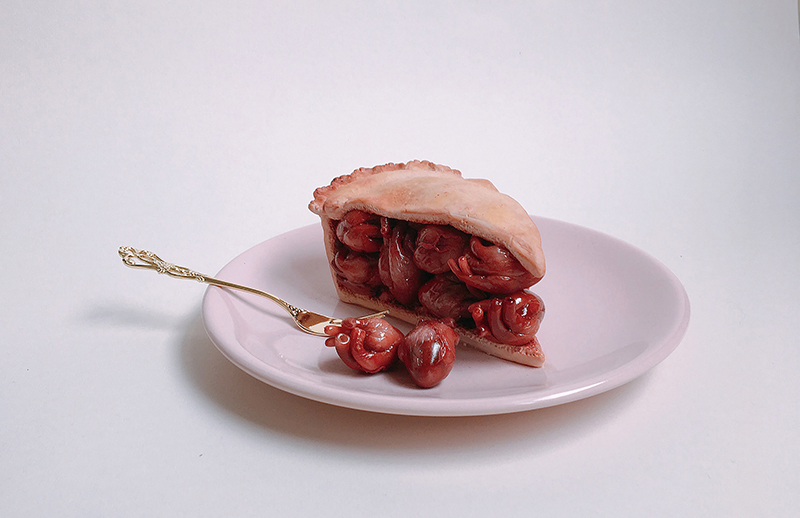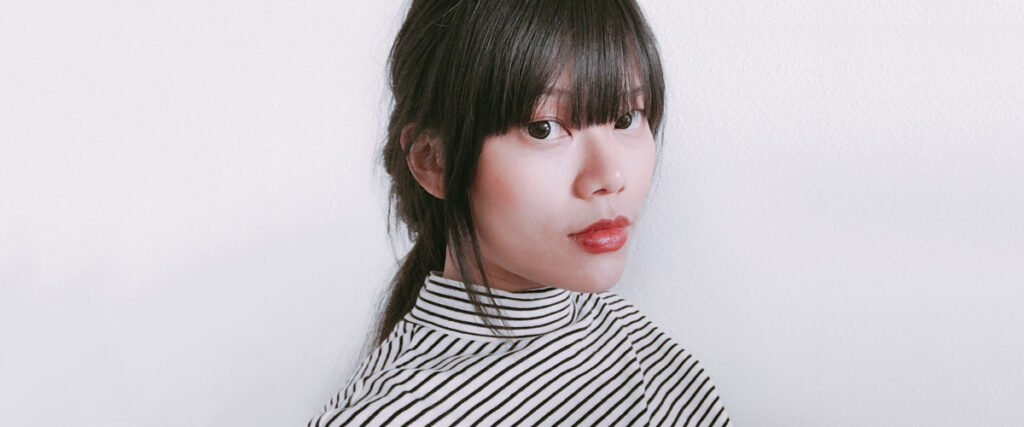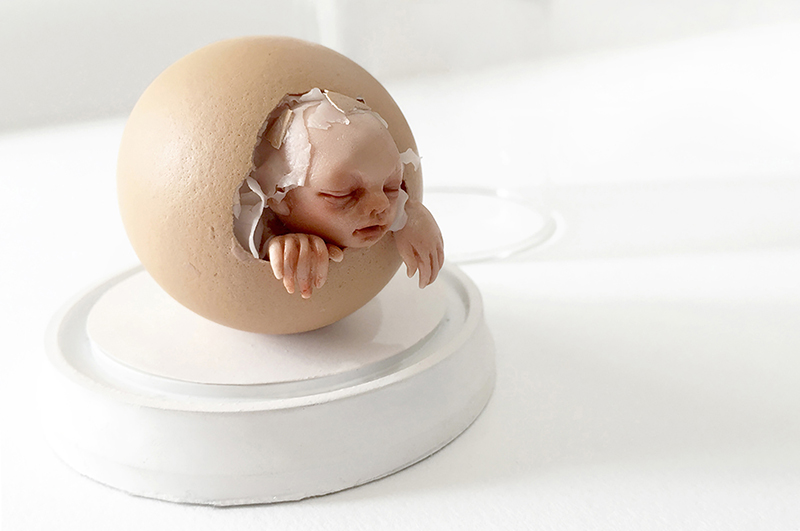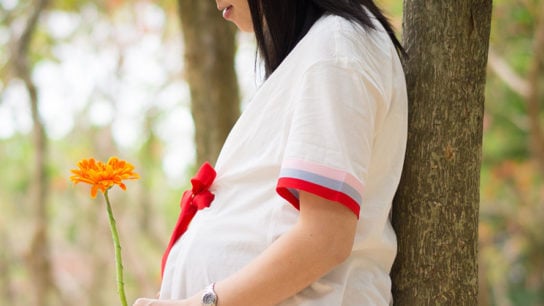Lim Qi Xuan is the latest name in the world of creatives in Singapore. Her sculptures have opened the doors for her very first solo exhibition in Netherlands- amping up her social media followers to 47,000.
Born and bred in Singapore, QimmyShimmy whose real name is Lim Qi Xuan is definitely one to look out for. The 25-year-old’s accolades include the Lee Kuan Yew Gold Medalist, Koh Boon Hwee Scholars Award and the coveted Design Singapore Scholarship 2016.
Her series of visceral human body part sculptures has opened the doors for her very first solo exhibition in the Temporary Arts Center in Eindhoven, Netherlands, and amped up her social media following to almost 47,000 people. The proof is in the pudding, and Qi Xuan’s work doesn’t disappoint at all. Her newest sculptures shock the senses through their juxtaposition of flesh and organ with everyday objects, like a slice of pie or a popcorn pushcart.
Granted, the disturbing nature of Qi Xuan’s pieces are not for the faint of heart, but the creative extraordinaire has offset the scare factor by injecting pops of pink and fun into the paraphernalia that accompany her sculptures. In fact, it’s precisely this ‘stop in your tracks’ reaction that has garnered her plenty of attention from fans, and more importantly, put the artist-designer on the world map.
With Halloween just around the corner, we figured it was a good opportunity to take a trip into Qi Xuan’s eclectic realm of unusual art and unconventional design.

How did you get into art and design?
I always had an interest in art and making things, but I went into design for practical reasons. My family wanted me to have a stable career and graphic design was the middle ground between satisfying my creative urges and reassuring them that I would be able to support myself.
I ended up falling in love with design after studying it in university. Still, a part of me loves making things with my own hands, that’s why I continue to sculpt.
How did your artist nickname ‘QimmyShimmy’ come about?
QimmyShimmy came about because people complained that my name was really hard to remember. I wanted something more endearing and Taiwanese illustrator Jimmy Liao came to mind.
He has such a great imagination for melancholic storytelling and I read a lot of his children’s books when I was younger. I liked the ring to his name and decided to base my nickname on it.
Where do you find your inspiration?
My inspiration comes from life, films, books and other artists. Life, even in its most mundane form, can do wonders for the imaginative and restless. Also, I tend to look at objects around me and wonder if there are more interesting facets to them.
What has been your biggest challenge to date?</h4?
Being a designer and artist calls for a very different set of skills and mindset, and I struggled to learn which ones to use when dealing with a project.
An artistic project calls for me to constantly push myself and dream of new things that do not exist yet, but a graphic design project is about understanding the needs of my clients and audience, improving what’s already out there.
The biggest challenge was when I tried to merge these two. Making art for commercial reasons was extremely conflicting. I learned the hard way that it was not going to work. Now, I keep my two practices very separate.
You’ve labelled yourself an “accidental sculptor”. How did you chance upon this art form?
I discovered sculpting through The Apprenticeship Programme by Noise Singapore when I was under the guidance of Pann Lim, Creative Director of Kinetic Singapore.
I was working on a bio-art project about the future and was expecting myself to design a book as the final product. I ended up sculpting futuristic creatures to make the scenario more realistic and believable.
Your sculptures of disembodied humans evoke plenty of shock value. What do you hope to express through these works?
Shocking my audience was never the sole intention of my works. I’m more interested in creating a balance between the beautiful and grotesque, and making something that one finds desirable yet repulsive at the same time.
My newest series, SweetTooth, which features a range of sculpted sweets and pastries, is about all that. I try to avoid gore and making my works look like they came out from a horror movie. That said, I do value all kinds of responses towards my work. It’s better to have a response than nothing at all.
You’re currently based in the Netherlands. Tell us more about your overseas stint
I’m pursuing my Masters in Information Design from Design Academy Eindhoven, under the DesignSingapore Scholarship. I’ve always wanted to specialise in this area of design because the Internet and the Information Age has resulted in so much saturation and noise in our media.
Working on ads and graphics got me feeling very existential and frustrated for contributing to this information overload. This is how I ended up in this course and I’m loving every moment so far.
Design aside, I feel that my art is getting more recognition and appreciation here as well.
What’s similar and different between Singapore and Netherlands’ arts and design scene?
One thing I love about the Dutch design scene is that they are really big on innovation and process. There’s a constant search for radical and new ideas, thinking critically and finding solutions to existing world problems.
In Singapore, there’s more emphasis on efficiency and effectiveness, hence it’s often about reusing existing formulas so there will be less room for errors. This results in a very efficient way of working which I find addictive, but not necessarily good for creativity.
During the Dutch Design Week, you see people from diverse disciplines talking about design. In Singapore, the boundaries are quite clear, which is why I find it easier to identify someone who’s technically skilled, but harder to find a person experimenting with radical ideas.
Given the chance, what’s one thing you would change about the creative industry?
The creative industry needs to be given more respect and recognition. The understanding of art and design is still not as well-cultivated and that really needs to change before the fields can grow bigger. People need to realise that design is not all about making things beautiful, but there are also social and political aspects of design that can heavily impact our everyday lives.
Within the industry itself, it’s also important for artists and designers to help and inspire one another, despite it being very small and competitive.
Follow QimmyShimmy on Instagram to see what she’s up to next.
Related Articles
Down the Rabbit Hole With Experimental Visual Artist Crazy Monkey
Futura: The Ultimate Street Artist Hits Singapore
Joy Lee: The Young Artist Breaking the Barriers to Conversation






